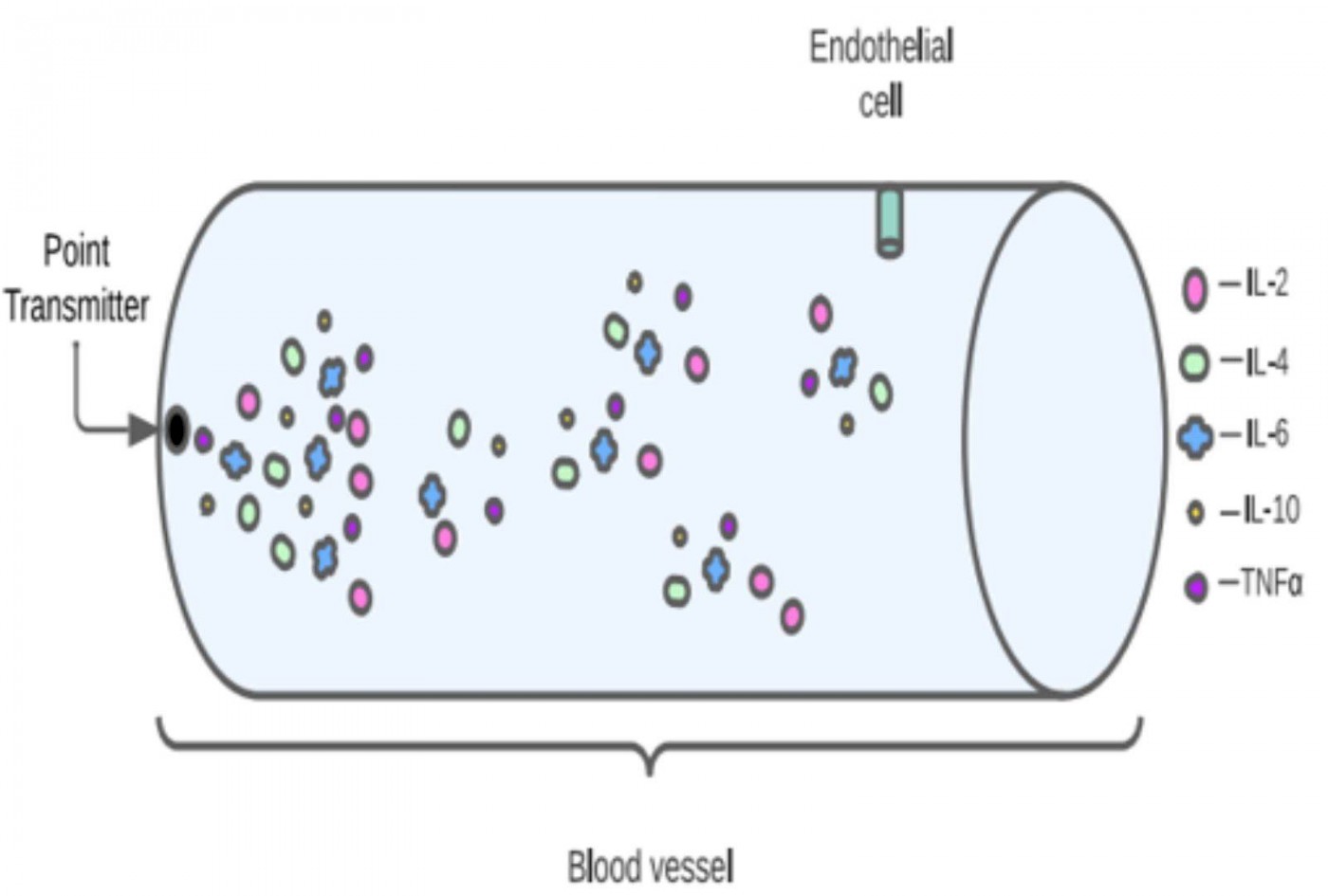22 June 2022
Using Molecular Communication to Detect Covid

When the second pandemic wave hit India, two students of the School of Engineering and Applied Science discussed their growing dissatisfaction with the RT-PCR method of confirming Covid. So the duo, majoring in computer engineering, immersed themselves in biology for a few months to understand the efficacy of Molecular Communication that their mentor, Associate Professor Dhaval Patel, had introduced them to. A system that would help detect the presence and the severity of the SARS-COV2 virus with greater accuracy than the prevalent tests and technologies. Last month, Shivam Thakker and Kathan Joshi, BTech with Major in Computer Science and Engineering, Class of 2023, presented their research paper at the 28th National Conference on Communication at IIT Bombay. The paper was co-authored by Professor Patel and their international collaborator from the University of Liverpool, UK, Professor Miguel Lopez Benitez.
Shivam says they were motivated to carry out this research as very few studies discuss multiple cytokines for disease detection using Molecular Communication. "We are still 8-10 years away from its actual use; however, we see a time when a chip with the Molecular Communication system could be embedded in our body for early detection of the onset of life-threatening medical complications such as heart diseases or even cancer," he says.
The computer engineering students believe that the emerging field of Molecular Communication, which currently stands at the crux of interdisciplinary engineering applications, can be of tremendous help in medicine. "In the case of Covid, for instance, the main disadvantage of the blood test and the RT-PCR test is that these are carried out only after certain symptoms such as fever, cough, and/or breathing difficulty develop. Also, the current state of the art uses a single cytokine IL6 for Covid detection, which, by itself, does not indicate the level of disease spread accurately. We presented Molecular Communication as a system which uses multiple cytokines for early detection of the disease," the duo explains.
Titled Modelling the Impact of Multiple Pro-Inflammatory Cytokines Using Molecular Communication, their paper outlines how the virus uses the ACE2 receptor as a gateway to enter the blood vessels and organs and then replicate itself. In response to the infection, the immune system synthesises pro-inflammatory cytokines such as IL6, IL2, and TNFα. This active bodily response may be further compromised by the generation of anti-inflammatory cytokines such as IL4 and IL10. The paper proposes a mathematical model using a Markov state transition for a flow-based Molecular Communication system that contributes to the detection of this pro-inflammatory cytokine level and analyses the infection in the body by taking multiple cytokines into account.
The students are now motivated to create a simulation to generate data that will support their paper and are highly optimistic about its future use in gathering real-time data.



